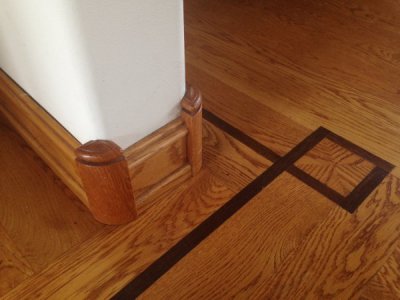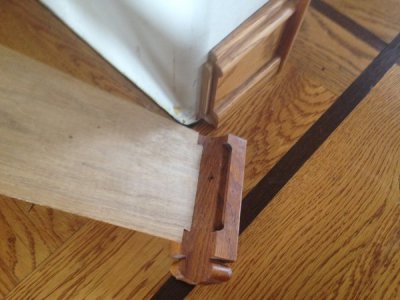- Joined
- Feb 8, 2014
- Messages
- 11,144
-Can I put the bearing blocks closer together on the top platform to get more reach? Any minimum distance between the blocks?
I would think 3 or 4 inches apart would be OK if the platform is strong enough.
-Each axis will have a metal plate/platform. What thickness should they be? Should I use aluminum or steel?
In this case mass is your friend to reduce vibration. I would use steel 3/4 to 1 inch thick for the plates.



